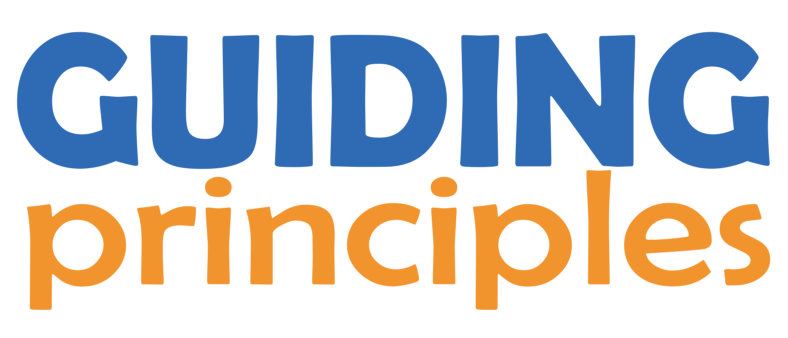- Home
- Position Statements
- Open Letter On PPG Industry Best Practices
The Pet Professional Guild Positions, Statements and Open Letters are "Informed by Science, Guided by Empathy and Governed by Ethics" TM
Written by Debra Milikan, Dip.ABST, Dip.DTBC, PABC.
The question of how one defines determines and maintains best practice is one that troubles individuals, organisations and professions alike. In the fledgling, unregulated industry of animal training, the Pet Professional Guild (PPG) has worked in conjunction with James O’Heare (President of the Companion Animal Sciences Institute and Director of the Association of Animal Behaviour Professionals) to deliver to its members a guided delivery system for best practice.
The Pet Professional Guild
As members of PPG and in accordance with our Guiding Principles “Members understand Force-Free to mean, no shock, no pain, no fear, no physical force, no compulsion based methods are employed to train or care for a pet” It is also the belief that experienced trainers must begin their behavior change programs with the least invasive and least aversive training protocols necessary to change the problematic behavior. Education is one of the key goals of PPG so its members have access to resources and thus training tools that meet the needs of their clients in line with the Guilds Guiding Principles. Our future provisional member mentor programs will enable less experienced trainers to learn these training techniques and broaden their tool-kits.
Allowing Professional Autonomy
A professional must be allowed autonomy to work within the guidelines of his/her professional code of practice. PPG members are encouraged to use their individual methods of choice from within governing principles and guidelines. As a governing body, the PPG endeavours to choose well researched methods that are least intrusive and most effective in its information to members.
Together with the LIEBI model, PPG members can further determine the intrusiveness of their interactions with animals by considering the following, taken from Bailey & Burch .
According Dignity Regarding human learners, Bailey and Burch6 explain, “Many of the clients that we serve are not able to effectively represent themselves. They may be nonverbal or simply unable to get someone to listen to them. If their wishes are unknown and they are unable to make choices, they may become depressed and present behavior problems…”6. This statement can also be used to guide direction for animal training methods. Methods should allow choices that can be positively reinforced, further empowering the animal to progress.
Treating Others with Caring and Compassion “If, as a behavior analyst you respect the autonomy of clients (both human and non-human), work to benefit them, and devise programs that accord them dignity, you will automatically be treating clients with care and compassion” 6. PPG members should actively factor this into method development and use.
Respecting Autonomy “To respect one’s autonomy means to promote his or her independence or self-sufficiency”5. Bailey and Burch say that “…prompting, shaping, chaining, fading and the use of conditioned reinforcers”6 aid self-empowerment but should be used judiciously to ensure safety at all times. Although their book relates to human application of behaviour analysis, the same principle can be applied to animal training.
Maintenance of Best Practice
Without a prescribed method of determining best practice an organisation will flounder and/or diminish. A willingness to adhere to the intervention model and principles stated above, with regular oversight by our caring, well-versed governors, the PPG will help guide animal trainers to maintain a standard of humane, effective best practice. This too will evolve with experience, like the behaviour of the animals we teach!
Bibliography
1. Best Practice Definition (1). Retrieved December 2010 from: http://www.businessdictionary.com/definition/best-practice.html
2. Best Practice Definition (2). Retrieved December 2010 from: www.en.wikipedia.org/wiki/Best_practice)
3. Friedman, S (2008). What’s wrong with this picture? Effectiveness is not enough. Good Bird™ Magazine, Vol 4-4, Winter. Retrieved October 2010 from: www.goodbirdinc.com
4. Carter, S.L., Wheeler, J.J., (2005). Considering the Intrusiveness of Interventions. International Journal of Special Education 20:2 p136-142.
5. O’Heare, J. (2012) The least intrusive effective behavior intervention (LIEBI) algorithm and levels of intrusiveness table: 2012 updated version. Association of Animal Behavior Professionals.
6. Bailey, JS, Burch MR (2005). Ethics for Behavior Analysts. Routledge, New York, USA
|
© Copyright 2012-2023 Pet Professional Guild. All rights reserved. If quoting any part of this article, please respect our copyright and attribute it to the Pet Professional Guild and include a link back to the original article on the PPG website. See our guidelines here


